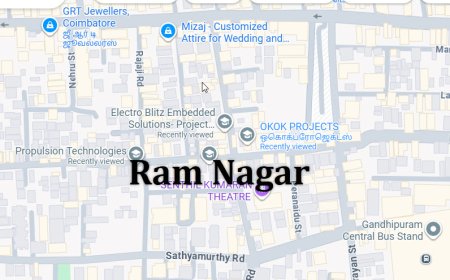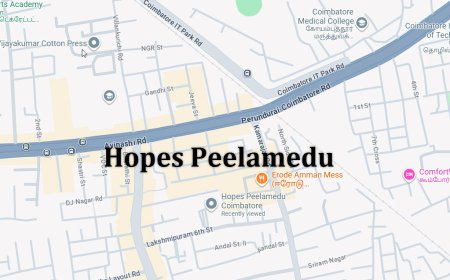Spinal Cord Injury Detection in Python Projects
Spinal Cord Injury Detection in Python Projects
Spinal Cord Injury Detection in Python Projects
Abstract
Spinal cord injuries (SCI) are severe medical conditions that can lead to permanent disability if not detected and treated promptly. The project Spinal Cord Injury Detection in Python Projects focuses on developing an automated system to detect spinal cord injuries using medical images, such as MRI or CT scans, with the help of deep learning and image processing techniques. Python is chosen as the development platform due to its extensive libraries for medical image analysis and machine learning, including OpenCV, SimpleITK, TensorFlow, Keras, and NumPy. The system preprocesses medical images to enhance quality, normalize intensities, and remove noise, and then applies convolutional neural networks (CNN) or hybrid deep learning models to detect abnormalities in the spinal cord. Automated detection improves diagnostic accuracy, supports timely treatment, and reduces the workload of radiologists.
Existing System
Existing spinal cord injury detection methods rely heavily on manual analysis by radiologists, which is time-consuming, subjective, and prone to inter-observer variability. Traditional image processing techniques, such as edge detection, thresholding, or region-growing, may detect some abnormalities but struggle with complex spinal structures, low contrast, and overlapping tissues. Some machine learning approaches using handcrafted features have been attempted, but they often fail to generalize across diverse datasets and do not achieve high accuracy. Consequently, current systems are limited in efficiency, reliability, and scalability for clinical use.
Proposed System
The proposed system introduces a Python-based framework for automated spinal cord injury detection using deep learning models. Preprocessing steps include denoising, intensity normalization, resizing, and contrast enhancement of MRI or CT images. CNN-based architectures, or hybrid models combining CNN with attention mechanisms, are employed to identify and classify spinal cord injuries at a pixel or region level. Data augmentation techniques such as rotation, flipping, and scaling are applied to enhance model generalization. The system outputs visualized results highlighting affected regions, assisting clinicians in accurate diagnosis and treatment planning. Performance is evaluated using metrics such as accuracy, precision, recall, F1-score, and Dice coefficient. By integrating deep learning with medical image analysis, the system provides an efficient, reliable, and automated solution for spinal cord injury detection, supporting early intervention and improving patient outcomes.
What's Your Reaction
 Like
0
Like
0
 Dislike
0
Dislike
0
 Love
0
Love
0
 Funny
0
Funny
0
 Angry
0
Angry
0
 Sad
0
Sad
0
 Wow
0
Wow
0






























